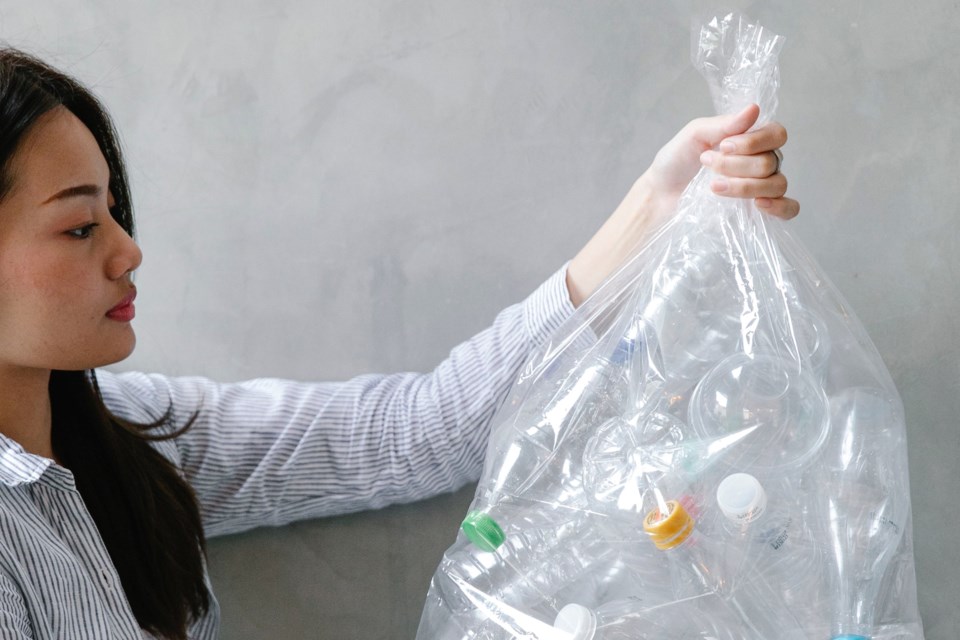Ontario hospitals are creating far too much health care related waste material, according to a report in the March 24 edition of the Canadian Medical Association Journal (CMAJ).
The report suggests that improper disposal of medical waste is a burden on landfill systems and that there has been a significant increase because of the COVID-19 pandemic.
"The COVID-19 pandemic exponentially increased the use of disposable medical supplies, with three million face masks used every minute globally, according to a 2020 estimate," said the report authored by Diana Duong.
The report also said that awareness of the health sector’s environmental impact is low, especially when it comes to the proper disposal of medical waste.
It said 85 per cent of hospital garbage "is general, non-hazardous waste that can be recycled or sent to a landfill without special processing.”
The report said this would include items such as dressing sponges, diapers and incontinence pads, personal protective equipment, disposable drapes, IV bags, tubing, catheters, lab coats, and pads that won’t release liquid or semi-liquid blood.
"Much of this general garbage is improperly discarded with hazardous waste and either incinerated or sanitized in an autoclave before heading to the landfill, according to Laurette Geldenhuys of the Canadian Association of Physicians for the Environment (CAPE)," said the report.
The report said many members of the CAPE committee didn’t know what truly belonged in hazardous waste bins.
“There seems to be a lack of knowledge out there,” Geldenhuys was quoted as saying.
The report further quoted Geldenhuys saying that the unnecessary extra processing of general waste is more costly for health systems and the environment. However, tracking these costs is difficult since Canada does not consistently collect or report data on medical waste, said the report.
The report identified the QEII Health Sciences Centre in Halifax, where Geldenhuys works, as a location that incinerates a large portion of special hazardous waste, something that Geldenhuys believes can be significantly reduced by auditing waste procedures. She said this would significantly reduce greenhouse gas emissions at that hospital.
A similar concern was expressed for the St. Joseph's Health Centre in Toronto. There it was found for example that audits of disposal bins for "sharps" which are designed for needle points, lancets and blades, were found to include harmless plastic needle holders and even cafeteria cutlery.
The report quoted Syed Ali Akbar Abbass, an anesthesiologist and chief of environmental stewardship and sustainability at St. Joseph’s who said roughly $100,000 could be saved by segregating different types of waste.
He was also part of a recycling program involving Toronto hospitals that diverted roughly half a tonne of non-hazardous plastics into recycling programs.
The full text of the CMAJ report published March 24 can be found here.
